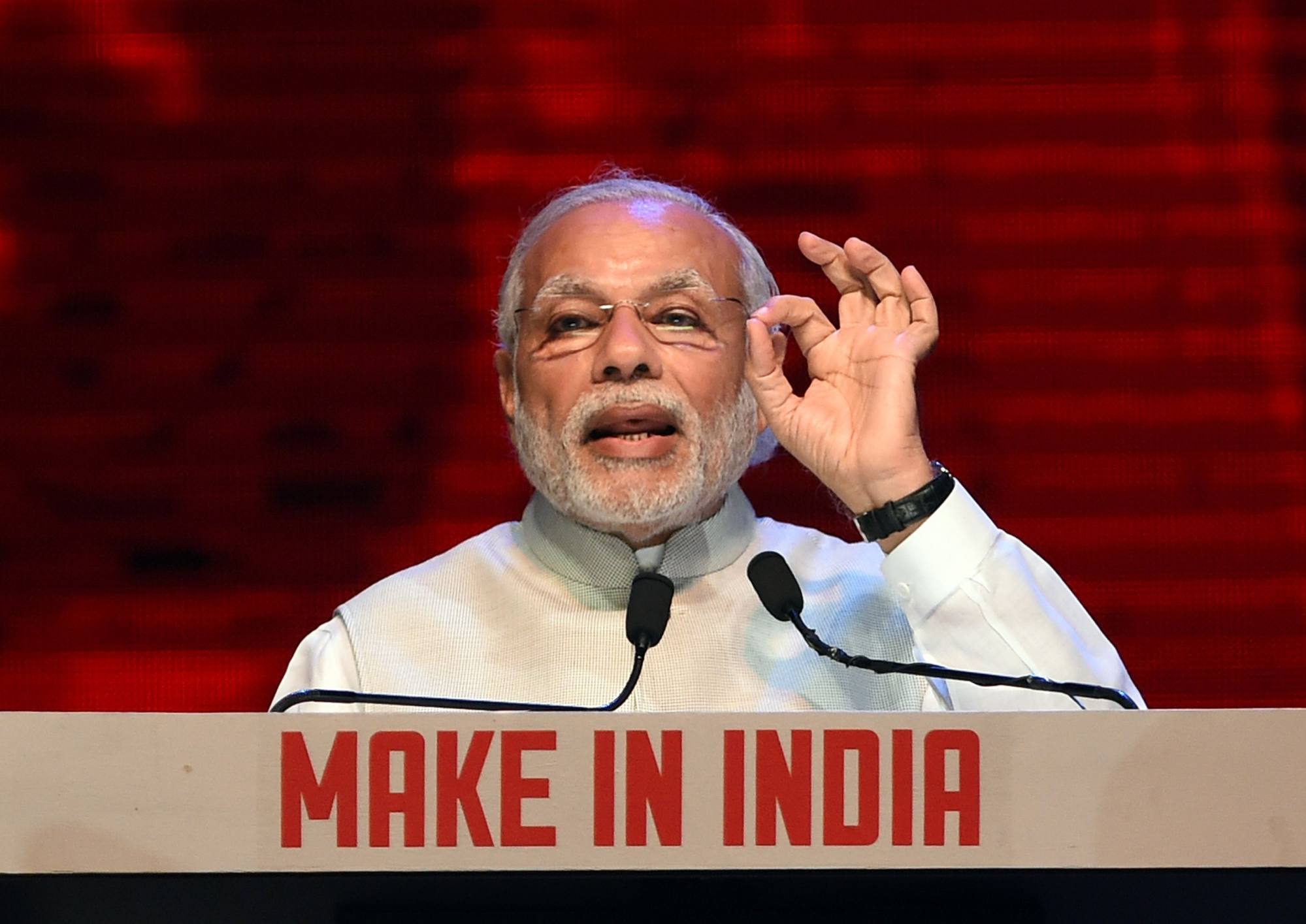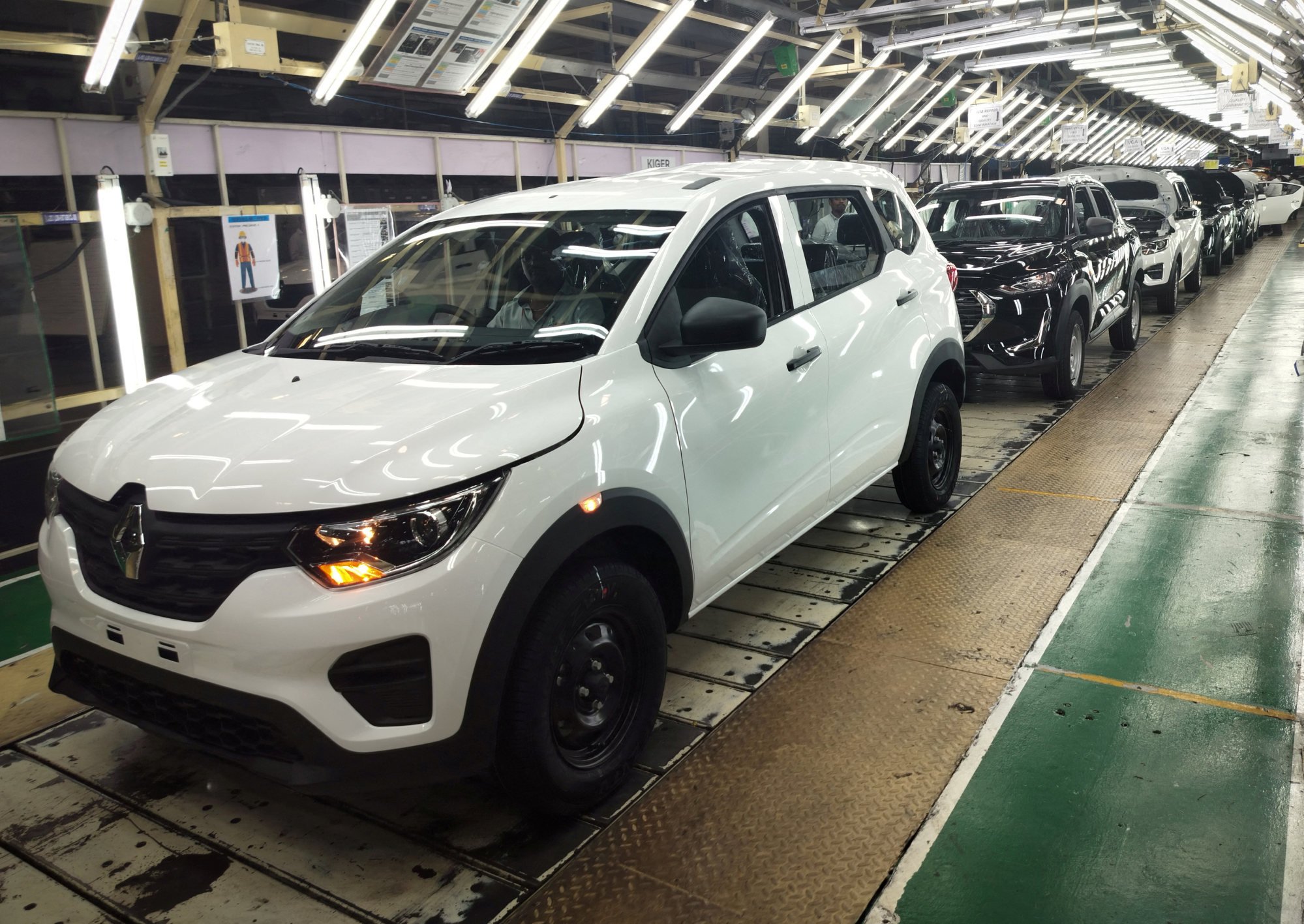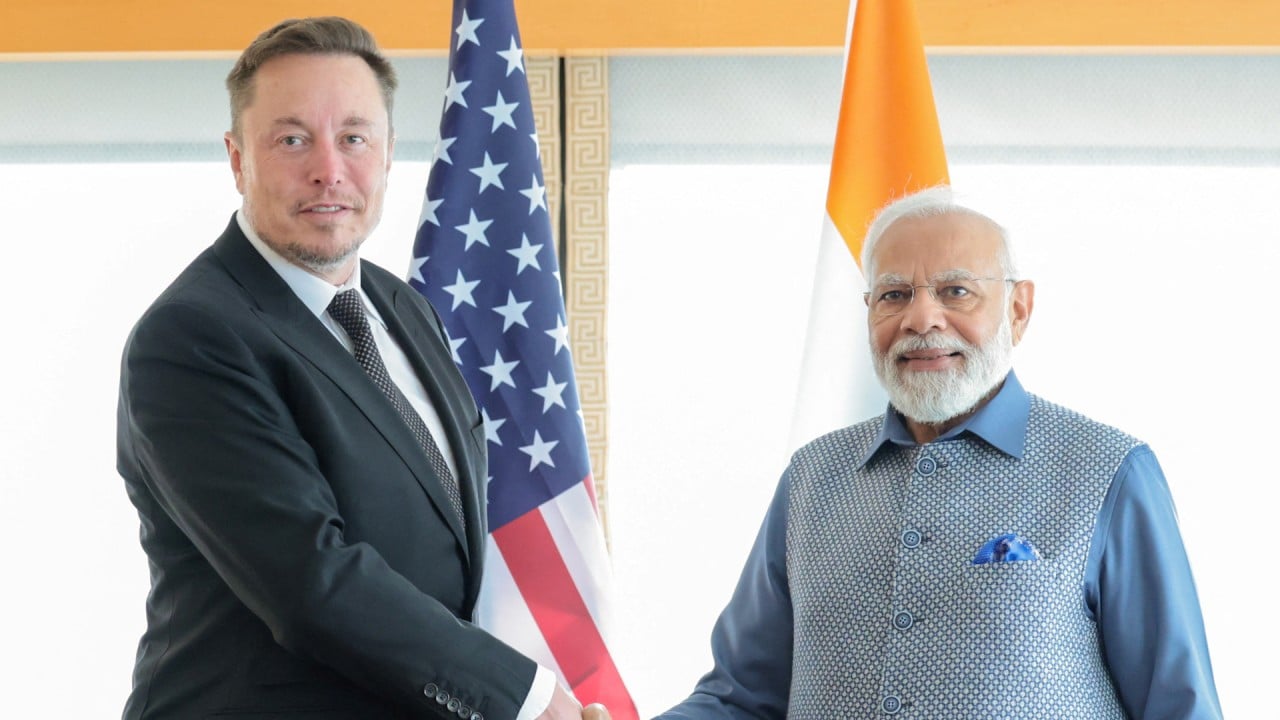But economists say a host of legacy issues that could hinder investments still need to be tackled for India to achieve developed nation status.
“Modi has managed to capitalise on the economic growth gains of India as a personal achievement,” said Antonio Fatas, an economics professor at INSEAD business school. “It is fair to say that he and his government are seen as partially responsible for the growth rate of recent years.”

“This protection comes at a cost to the economy’s overall performance,” he said. “While India has been doing well, it should have done better given how low its GDP per capita is.”
To ascend to developed-nation status, India’s turbocharged growth needs to lift all sectors of society, including the poorest and those living in remote areas, according to economists.
“When we talk of becoming a developed economy, the target has to be clear. A developed nation’s per capita income per year is about US$10,000-US$11,000. Right now, we are a little over US$2,500,” said N R Bhanumurthy, vice-chancellor of Dr B.R. Ambedkar School of Economics University in Bengaluru.
“There is a big gap. What is important is the extent of growth that is inclusive and distributive.”

But New Delhi needs to prioritise reforms of land and labour laws, as well as capital availability, to achieve inclusive growth, Bhanumurthy said.
While the country’s elite science and engineering colleges continue to churn out graduates who service the global technology sector, many young adults – especially in remote and rural areas – struggle to find jobs because of poor quality education.
Nearly one in five Indians aged 15 to 24 were unemployed as of last year, according to International Labour Organization estimates cited by the World Bank.
Implementation of India’s new labour code has stalled, despite winning parliamentary approval, amid resistance from labour unions who oppose its easier hiring-and-firing provisions and restrictions on their activities.
As its population swells, can India chart a China-like path in manufacturing?
As its population swells, can India chart a China-like path in manufacturing?
Grass-roots challenge
India’s business environment remains challenging despite the government’s efforts to implement reforms such as productivity-linked incentive programmes aimed at stimulating the manufacturing sector, said Debashis Basu, a chartered accountant, author and portfolio manager.
“The talk may be of India being a global [investment] destination after China, but the fact is foreign direct investment into India is not increasing because doing business is tough in India,” he said.
According to government data, FDI into India fell nearly 13 per cent year on year in the April-December period, from US$36.7 billion to US$32 billion.
But Finance Minister Nirmala Sitharaman dismissed such speculation, telling local media the government “will do everything to make it attractive” for major companies to invest in India.
“What people don’t realise is that for reforms to progress it has to sink down to the grass-roots level,” Basu said. “There are too many rules at the state and district level. It is not just the central government and what Modi wants that determines the fate of projects.”
Why India’s start-ups are finding it hard to get money despite booming economy
Why India’s start-ups are finding it hard to get money despite booming economy
Biswajit Dhar, vice-president of the Council for Social Development, a research and advocacy NGO, said India needed a clear strategy to improve efficiencies and boost manufacturing. This included developing ports and nurturing innovation by promoting research and development, he said.
Doing so meant resisting “earning political brownie points” by rolling out policies like free food programmes, he said. “We need to create jobs. Only when they get that will they climb up the income ladder.”


